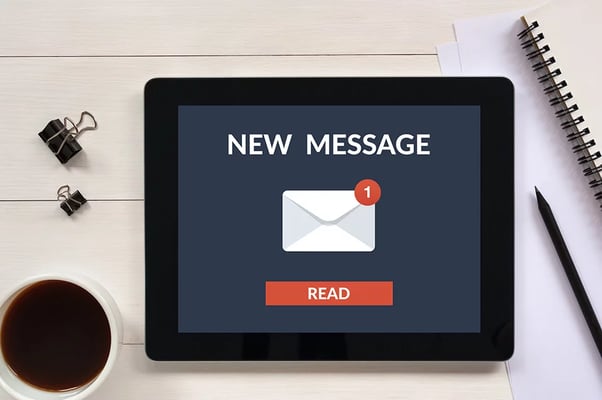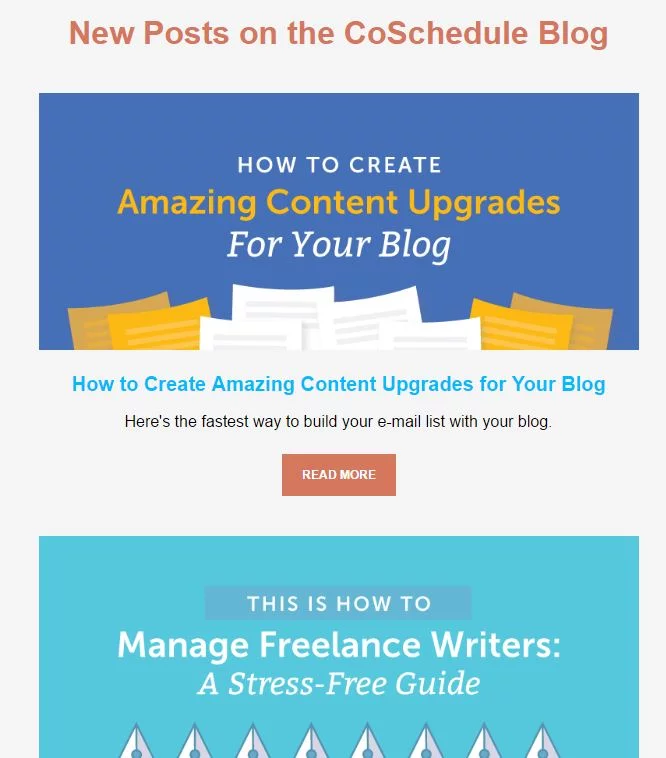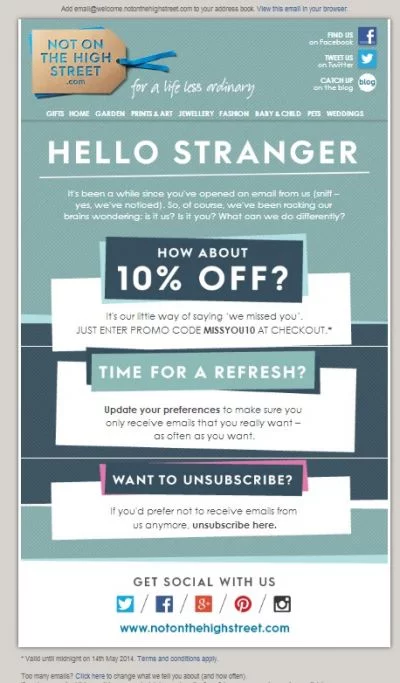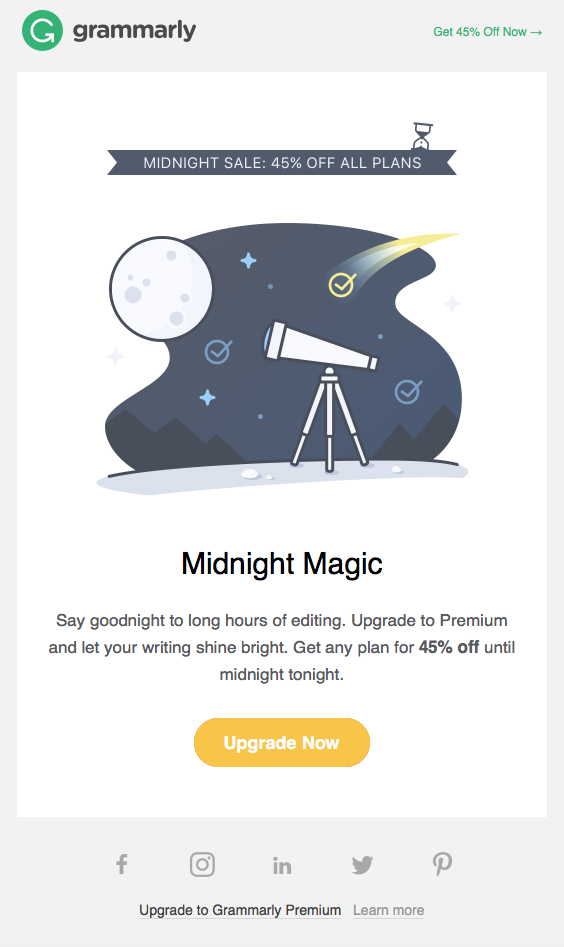Topics:
Inbound SalesSubscribe now and get the latest podcast releases delivered straight to your inbox.
5 Examples of How to Use Drip Marketing for Lead Nurturing
Jan 3, 2018

Generating sales leads is tough. Really tough. So tough in fact that a lot of inbound marketers can completely neglect the half of the job that comes after lead generation—lead nurturing.
If you’re reading this, then odds are you’re already one of the smart marketers who knows how important lead nurturing is, and how effective automated emails and drip marketing are for moving prospects through your sales funnel. (According to Capterra, 89% of marketers say that email is their primary channel for lead generation.)
But that doesn’t mean you don’t need a little inspiration to help hone or refine your drip campaign to operate at its best.
Here are five drip email examples, broken down by where in the sales funnel they come into play. Each can—and should—be customized and refined based on your product, your brand and how your email lists are segmented, but all are useful to help shepherd leads through to conversion.
Top of the Funnel
Educational Emails
The Trigger:
Educational emails should be triggered when a user signs up for an email newsletter, provides contact information for a piece of gated content or after similar events.
What to Send:
Send interesting, informative niche-relevant content. A round-up of your recent blog posts, whitepapers, e-books or other types of simple content are great examples.
Here’s an educational email from the content marketing company CoSchedule, highlighting recent blog posts and other industry news:

The purpose of this email is twofold. First, providing high-quality content to your prospects establishes your industry expertise and authority and keeps your brand fresh in their mind.
Second, it provides you with additional opportunities to move leads further down your sales funnel. Calls-to-action are integrated into your content and the emails themselves expressly for this purpose. You can also set up more drip emails to trigger when a prospect opens and interacts with a set number of educational emails.
Re-Engagement Emails
The Trigger:
Re-engagement emails are triggered when a user or block of users have stopped engaging with your emails, even if they haven’t actually decided to unsubscribe. The idea is to either nudge stagnant leads down the funnel, or clear them out to make room for more active prospects.
According to a study by the cloud computing company Salesforce, 63% of marketers say that re-engagement campaigns are “very effective.”
What to Send:
Re-engagement emails are best when they do two things—remind users why they signed up for your emails in the first place and offer them a concrete incentive to engage more actively with your brand.
Here’s a great example from the retailer Not on the High Street, which offers an exclusive promo code and the chance to update email preferences or unsubscribe.

Middle of the Funnel
Competitive Emails
The Trigger:
Competitive emails are triggered when leads are current customers of one of your competitors, or have demonstrated enough interest in your own product that they’re likely shopping around.
What to Send:
These emails work best when they promote content that differentiates your business from your competitors by highlighting your own strengths and benefits. Even if you mention your competitors by name, though, it’s best not to lean too hard on badmouthing them (it can come across as tacky).
Case studies that underscore successes other customers have had with your service, in-depth explorations of features or benefits that are unique to your product and more can all be useful in setting you apart from the competition.
Promotional Emails
The Trigger:
Promotional emails are designed to create urgency or spur action based on a short-term special or other promotion, like a flash sale or temporary discount. Different emails can be customized for different email lists, with a regular series of drips scheduled out across the duration of the promotion.
What to Send:
Bold, compelling copy and strong calls-to-action are essential for these emails to be effective. This is also where a well thought out landing page starts to pull its weight.
“63% of marketers find re-engagement #DripCampaigns to be very effective” TWEET THIS
Bottom of the Funnel
Upsell Emails
The Trigger:
Upselling emails are triggered when a lead finally becomes a client. The upsell may be a part of the standard “welcome” email or come a few days later. This can be a great way to generate more revenue from the people you already know are interested in your product or service.
What to Send:
Offer an incentive to upgrade. Maybe a higher service tier offers a better value in the long term. Point that out and provide a clear call-to-action that upgrades service. Maybe you offer a product that perfectly complements one a customer just bought. Offer a promo code that encourages them to buy it as well.
Done right, upselling and cross-promotion don't come across as a cash-grab, but suggests to the customer that you’re actively engaged with their experience and trying to make it as great as possible.
This example from Grammarly is simple, to the point and has a sense of urgency about it (a tactic that works well for both promotional and upsell emails).

At the end of the day, that’s what all good drip marketing should do—make each user feel uniquely engaged with and valued. There are as many ways to do this as there are email lists and leads to fill them, but with a little time and testing any creative inbound marketer should be able to find the ones they—and their prospects—need the most.


Order Your Copy of Marcus Sheridan's New Book — Endless Customers!